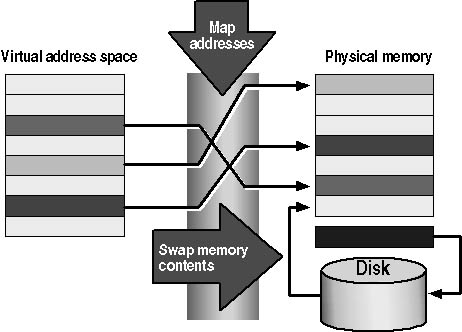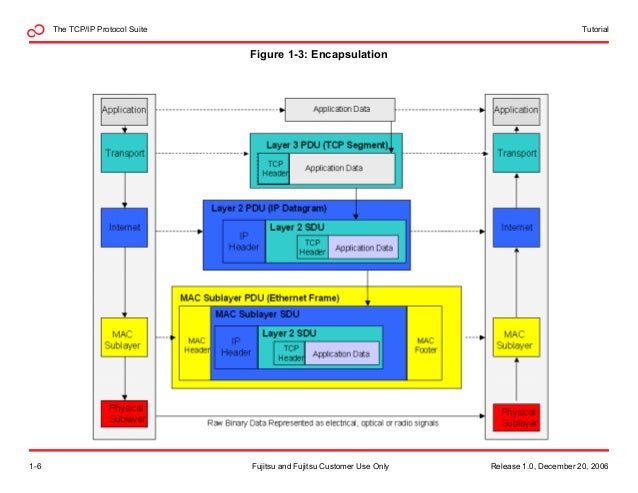

For example, the checksum field is used to check if any packet during the data exchange process has tampered or not. Each field plays its role when data packets are exchanged. The TCP header contains different fields like source and destination port information packets sequence number, acknowledgment information, and checksum values. The TCP and UDP add a header to the data packets. When the transport layer receives data from the application layer, it is transformed into the data packets. The TCP is used for reliable communication while UDP is used where reliability is less important. The transport layer uses Transmission Control Protocol (TCP) and the User Datagram Protocol (UDP). The transport layer converts the data into data packets and sends to the destination device. The application layer sends the data to the lower layer, i.e. A data sent over port 21 and port 22 means it is an FTP data. For example, a data sent over port 25 means the data is about the email request. The use of the ports makes it easier for the transport layer to understand the type of data. The ports are logical addresses/interfaces that connect a computer to internal or external devices.

The application layer uses the ports to pass on the data to the transport layer.

Similarly, when we want to upload (or download) a file through a program, the application layer uses the FTP protocol to complete the request. For example, when we request our browser to access a web server, it calls HTTP protocol to complete the request. Some of the protocols used by the application layer include HyperText Transfer Protocol (HTTP), File Transfer Protocol (FTP), and Simple Mail Transfer Protocol (SMTP). The application layer uses different protocols to complete the requests for different programs. The Application layer is responsible for entertaining the requests initiated at the applications level. Īpplication layer is the topmost layer of TCP/IP protocol suite. LayerĭNS, FTP, HTTP, IMAP, POP3, SMTP, SSH, Telnet, SSL. The TCP/IP stack is comprised of the following layers. The IP layer is responsible for sending and receiving the data to the correct destination. If a packet drops on the way, the source TCP resends the packet. The TCP performs acknowledgment for the successful delivery of the packets. The source TCP converts the data into packets and sends to the destination TCP. The socket remains open during the communication. The TCP performs the handshake between the network devices to establish a socket. Is the suite of two protocols, TCP and IP, used to interconnect network devices


 0 kommentar(er)
0 kommentar(er)
